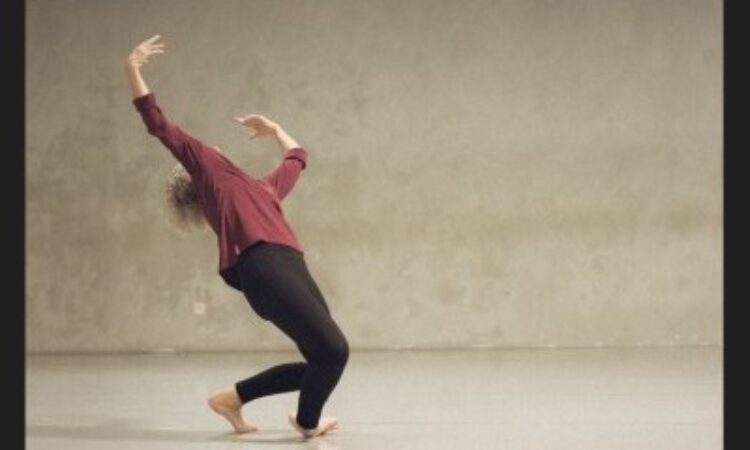This past winter I met up in Brussels with Lisa Kraus, a co-founder of thINKingDANCE (tD) and former Trisha Brown dancer, while she was taking David Zambrano’s four-week Improvisation on Stage workshop at Tictac Art Centre. The first installment of a two part, edited interview follows.
Charly: Can you tell me tD’s origin story?
Lisa: Blogs were really popular when I was teaching at the Paris Opera Ballet in 2003, so I decided to start one about my experience working with people who had no background in “release work” or anything related to Trisha Brown’s work and process. That got me really excited about writing.
When I got back to the US, I started taking dance writing classes with Wendy Perron in NYC, and I went to the Dance Critics Association conference, connecting after with the Philadelphia Inquirer. I wrote a lot of reviews, many for free, for online publication. I also wrote for Dance Insider and Dance Magazine.
Though I’d read many dance reviews, they were mostly written by people with little knowledge of the artform. I wanted to read reviews by people with a deeper understanding of dance so I spoke with Anna Drozdowski who had done the National Endowment for the Arts’ Arts Criticism Fellowship.
Charly: A lot of this doesn’t exist anymore right?
Lisa: Right. So, Anna and I commiserated about Philly’s lack of coverage. It felt like a show never happened unless you were there, and we thought we should do something about that. After attending the 2010 NEA Criticism Fellowship Conference (its final year), Anna and I took action.
At first we came up with a kind of dance criticism training platform that prioritized the editing process. I was inspired by the great editing I’d had at the Inquirer, but even then most of it was one pass (one editor giving one round of feedback). We felt that kind of structure might not really be enough for people who had less writing (but more dance) experience so the original idea was to have five weekend workshops, most of which involved seeing a performance together and all writing about the same thing. We started in 2011 with about 12-15 writers, one of whom was Jonathan Stein who’s still with tD today. It’s pretty astonishing how many people have lent their writing chops to the publication.
Charly: As a current writer I think we’ve retained a lot of the original zeitgeist. Most publications I’ve written for have little to no editing process, and I appreciate the care and constructive criticism of the dual editor process that goes into each piece at tD.
How do you feel about dance criticism now? Does it still feel as urgent to you?
Lisa: I seem to be living my life in a series of arcs that have a beginning, middle, and end. I was really passionate about writing for more than a decade. I stepped away from managing tD to focus on other projects around 2015, but I am still interested in writing, and Jonathan occasionally reaches out to ask me to cover something as he did to write about this improvisation workshop at Tictac.
Charly: Well we are both doing that in a way.
Lisa: We are, but when I sit down and write, I access a different kind of intelligence than when I’m talking. I don’t know how that works, but I find it very interesting. Crafting language as a communicative tool has intrinsic pleasure for me. But getting me to do it is like trying to lure someone who’s snacking lazily off the couch — I need to be super excited about the thing in order to get up.
Charly: Do you read much dance criticism?
Lisa: Not really. I prefer to read fabulous novels.
Charly: I must confess that I write it more than I read it. I’ll check reviews after seeing a show I really loved or really didn’t, and I’ll read about shows my friends are in.
It makes me wonder who dance criticism is for, a question we often discuss at tD. I know that as an artist it means a lot when somebody writes about my work.
Lisa: Well I think if the artist is your target audience, you’ll be more hesitant to be straightforward about what you saw. On the other hand, press can definitely help artists get gigs. When I had a dance company, my press kit was mainly composed of reviews, and it really mattered. I don’t know how much it matters anymore, but dance work that’s not written about doesn’t leave the same kind of trace. But who is it for? I don’t actually know who’s reading dance reviews.
Stay tuned for part two of this interview, coming later this spring. In the meantime, I hope that YOU read reviews. To stay in practice, here is a selection from Lisa Kraus’s body of work for thINKingDANCE:
https://thinkingdance.net/articles/2016/09/11/Raphstravaganza






